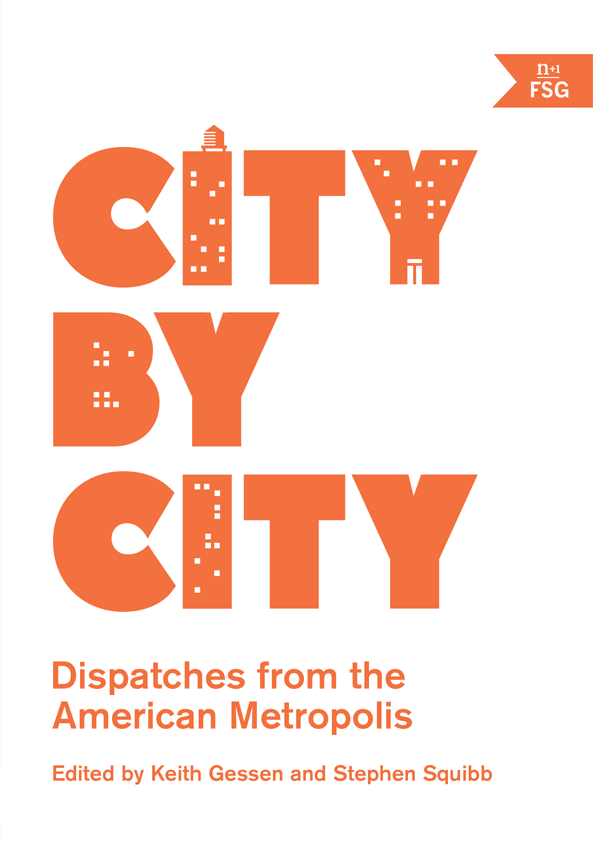A Review of City By City
 n+1, the Brooklyn-based quarterly journal of culture, politics, and literature was named for an algebraic expression of redundancy: N+1, meaning when a system fails, there is a backup in place. Founding editor Chad Harbach elaborated to Harvard Magazine in 2010:
“Keith [Gessen, another founding editor] and I were talking, and he kept saying, ‘Why would we start a magazine when there are already so many out there?’ And I said, jokingly, ‘N+1’—whatever exists, there is always something vital that has to be added or we wouldn’t feel anything lacking in this world.”
n+1, the Brooklyn-based quarterly journal of culture, politics, and literature was named for an algebraic expression of redundancy: N+1, meaning when a system fails, there is a backup in place. Founding editor Chad Harbach elaborated to Harvard Magazine in 2010:
“Keith [Gessen, another founding editor] and I were talking, and he kept saying, ‘Why would we start a magazine when there are already so many out there?’ And I said, jokingly, ‘N+1’—whatever exists, there is always something vital that has to be added or we wouldn’t feel anything lacking in this world.”
The idea of redundancy is interesting when considering the journal’s newest collection of essays, some of which originally appeared on the n+1 pages. The essays in City by City explore the past, present, and future of cities across the nation, ranging from Fresno to Boise to Atlanta. Why redundancy? Because this book is the opposite of redundant: it is a needed, practically exhilarating voice in a cultural conversation that has a habit of dismissing the states (and cities) in between New York and California.
The premise for City by City is simple: one essay about one city. Subtle and shape-shifting, the pieces blend the personal and historical, the theoretical and the anecdotal. They are part memoir, part travelogue, and part—the introduction notes—Depression-era WPA guide. Many, for me, were an introduction to places that previously existed as nothing more than points on a map. (Growing up outside New York City, I thought Pennsylvania was the Midwest.) I had never even heard of Williston, North Dakota, but now I can tell you about the hydrofracking situation there. These essays give us context: we learn how Fresno came to be, why Atlanta's traffic is so bad, and about Milwaukee’s socialist past, among myriad other things. Don’t mistake this for an American studies textbook—many of the essays here are intimate, sometimes even confessional. But all are thoroughly researched and educative in spirit. You can think of City by City as a shrewd local—say, your cool older cousin—taking you by the arm and giving you a tour of his neighborhood, eager to point out the good and the not-so-good alike.
Indeed, all of the essays were written by those who were either raised in, spent significant time in, or currently live in the city at hand. This alone does not lend the work authenticity; rather these writers are forceful and searing in their observations. Take this evocative passage from Simone Landon’s “Saving Detroit”:
“Rust is the metaphor most often used to describe Detroit’s extinct industry, and the rust really does tinge even the muntins of the windows of the shattered parts factories, their panes long since smashed. But on the blocks and blocks of once-residential city streets, the deterioration is due less to rust than to char: dozens of blighted, burned-out houses lost to neglect or arson, the rest on the brink of catching fire.”
The authors in this collection are not only geographically diverse but distinct in their voices and styles, making the entire reading sensation pleasantly chaotic. Of course, some pieces stand out more than others. Boston’s chapter, an interview with Steve Meacham, a community organizer who focuses on housing, felt preachy and exasperated at times. Some essays, and their cities, quickly slipped through the cracks of my memory. But no matter. Taken as a whole, City by City is a meandering, thought-provoking road trip through parts both known and unknown.

